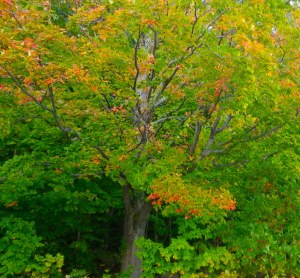By Vladimir Brezina
 Johna’s recent post about Keith Tantlinger, the inventor of the Twistlock, the device that has made modern container shipping possible, reminded me of the question that I always have when I see a loaded container ship in the harbor. How securely do all those containers, stacked so high on top of each other, remain stacked when the ship rolls and pitches in heavy weather? (Indeed, how stable is the ship itself when loaded so high, although that’s a different question.) Perhaps suggested by another of Johna’s posts, the image of falling dominoes comes to mind, or perhaps a house of cards…
Johna’s recent post about Keith Tantlinger, the inventor of the Twistlock, the device that has made modern container shipping possible, reminded me of the question that I always have when I see a loaded container ship in the harbor. How securely do all those containers, stacked so high on top of each other, remain stacked when the ship rolls and pitches in heavy weather? (Indeed, how stable is the ship itself when loaded so high, although that’s a different question.) Perhaps suggested by another of Johna’s posts, the image of falling dominoes comes to mind, or perhaps a house of cards…
Well, now there’s an answer.

The Twistlock locking corners that anchor each container to the container below, and to the container above, hold up surprisingly well. In this photo of the Rena, the container ship that grounded a week ago on Astrolabe Reef off the northern coast of New Zealand, entire stacks of containers so anchored lean at a 45-degree angle without collapsing…
 But, inevitably, some containers are falling into the sea and washing up on local beaches. Here, “local residents come to look at a washed up container with its cargo of packets of partly-cooked hamburgers littering the beach…” (Usually, locals do more than just look…) Unfortunately, not just hamburgers, but large amounts of oil are now also washing up on the beach, and there is no end in sight.
But, inevitably, some containers are falling into the sea and washing up on local beaches. Here, “local residents come to look at a washed up container with its cargo of packets of partly-cooked hamburgers littering the beach…” (Usually, locals do more than just look…) Unfortunately, not just hamburgers, but large amounts of oil are now also washing up on the beach, and there is no end in sight.
The Atlantic has a series of 32 stunning photos of this, New Zealand’s worst environmental disaster. Take a look!
 The snowstorm that came through New York City a couple of days ago wasn’t much as winter storms go. But it was so early—it’s nowhere near winter yet! New York City has had measurable snow in October only three times previously since records began in 1869, and this storm, dropping 2.9 inches in Central Park, set a new record by far.
The snowstorm that came through New York City a couple of days ago wasn’t much as winter storms go. But it was so early—it’s nowhere near winter yet! New York City has had measurable snow in October only three times previously since records began in 1869, and this storm, dropping 2.9 inches in Central Park, set a new record by far.



















